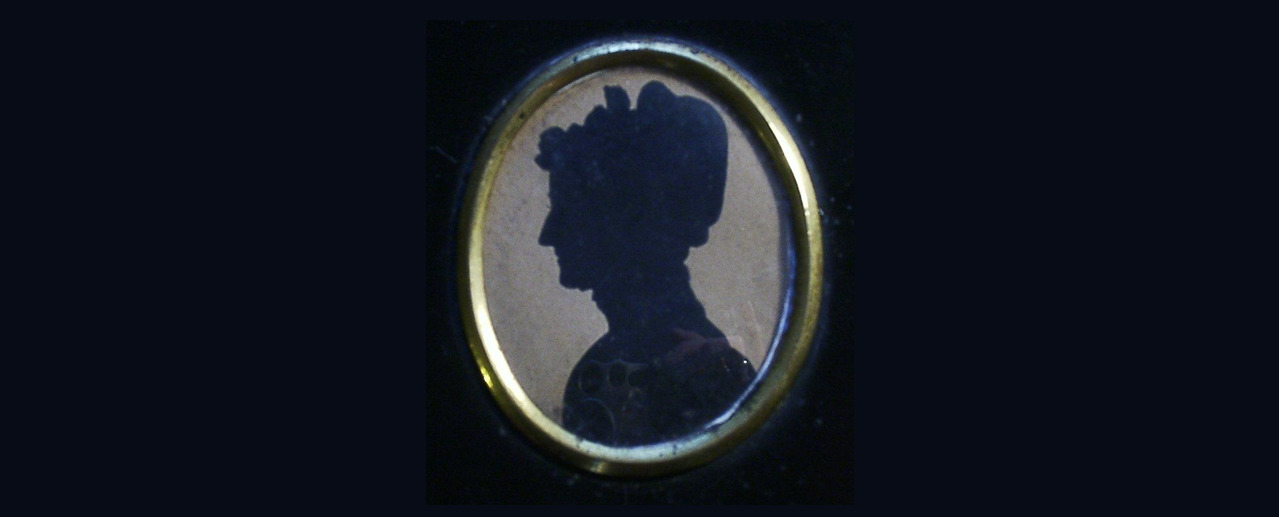Cassandra Austen
1773 – 1845Cassandra was three years older than her sister Jane, and the two were best friends all their lives.
Cassandra was pretty, practical and sensible, and although she is often pictured as the more solemn of the two sisters, Jane at least thought she was extremely funny. In a letter from 1796 she wrote:
‘My dearest Cassandra
The letter which I have this moment received from you has diverted me beyond moderation. I could die of laughter at it, as they used to say at school. You are indeed the finest comic writer of the present age.’
At around age 19 Cassandra became engaged to Tom Fowle, a former pupil of her father, but he died tragically on a trip to the Caribbean and she never married. Instead, she took on the role of homemaker, sister-in-law and aunt, staying for long periods at Godmersham to help with Edward’s large family.
Here in Chawton, Cassandra took on most of the household management, leaving her mother to tend the garden, Martha to help with the cooking, and Jane to write.
Cassandra was a keen amateur artist. As a teenager she illustrated Jane’s A History of England, creating characters that are funny and beautiful, if not accurate. It was said that they looked more like the Austens themselves than the Royals they were supposed to be.
Later, she painted the two authenticated likenesses of Jane that we know today: a back view of her in a blue dress, and an unfinished sketch of her face.
As unmarried women, Jane and Cassandra were quickly categorised as spinsters. They appear to have played up to this idea somewhat, dressing older than their years and switching to wearing caps earlier than other unmarried ladies.
There was also a hardness to the two of them, facing the world and their disappointments; in a letter of November 1813, Jane refers to herself and Cassandra as ‘the formidables’, suggesting a toughness in the face of life’s difficulties. However, amongst their family the sisters were known with great love and affection, particularly by their bevy of young nieces and nephews.
When Jane fell ill in 1817, Cassandra was her chief companion and nurse. Two days after Jane’s death, Cassandra described her in a letter as ‘the sun of my life, the gilder of every pleasure, the soother of every sorrow, I had not a thought concealed from her’.
Cassandra lived here at Chawton Cottage for the rest of her life. She kept herself busy, teaching the village girls reading and sewing, tending the garden and looking after her bees. She had a dog called Link, who, family story claims, would accompany a manservant to the farm at the end of the road to fetch milk; on the way back, Link would carry the pail of milk in his mouth.
Cassandra died in 1845, at the age of 72, and was buried in the churchyard of St Nicholas’, Chawton, beside her mother.
Before her death Cassandra destroyed many of Jane’s surviving letters, an act which was much criticised by later generations of critics. However, today it is believed that she acted in order to protect Jane’s memory and reputation. Knowing Jane’s sharp tongue, it may have also been to protect her family from hearing themselves abused or mocked. Cassandra distributed the remaining letters among Jane’s brothers’ descendants and admirers of her writings, kickstarting a mania for Jane Austen ‘scraps’ that continues to this day.
